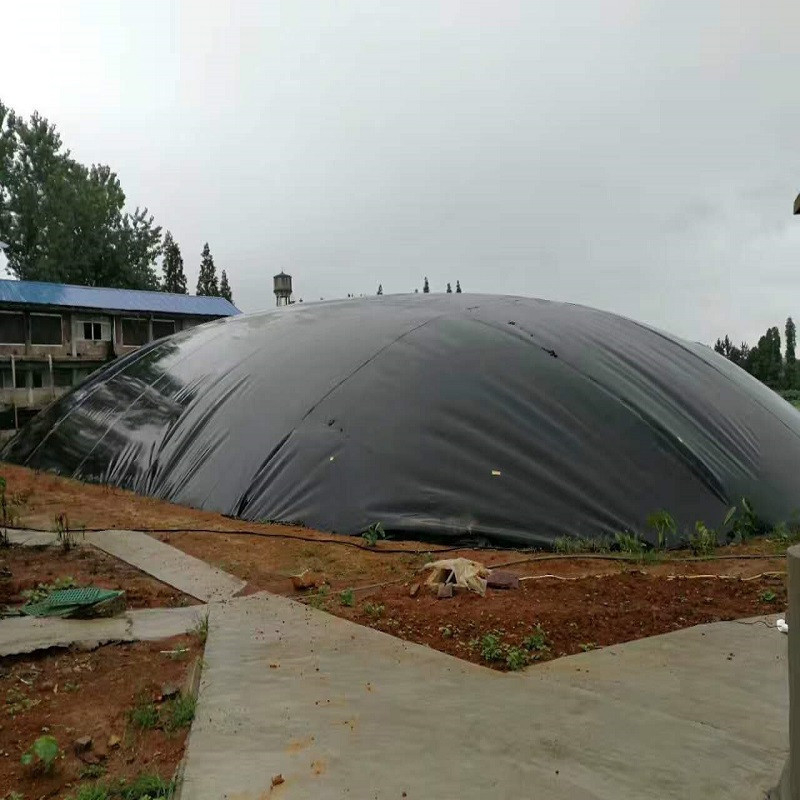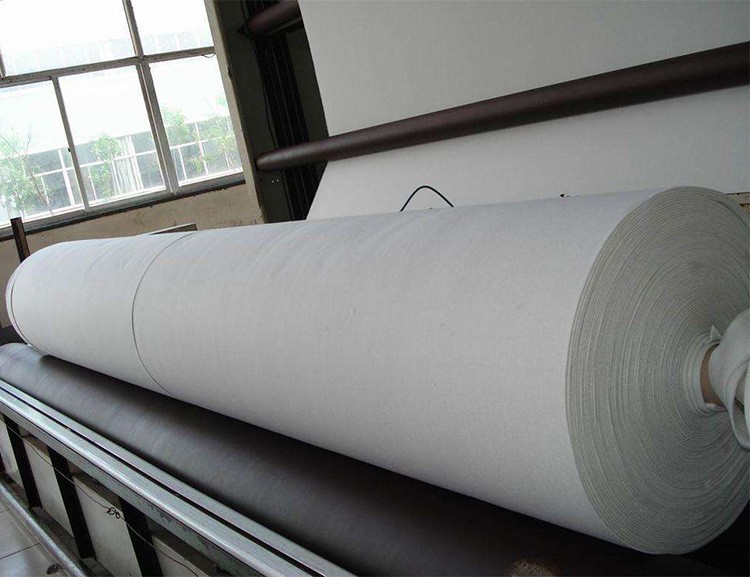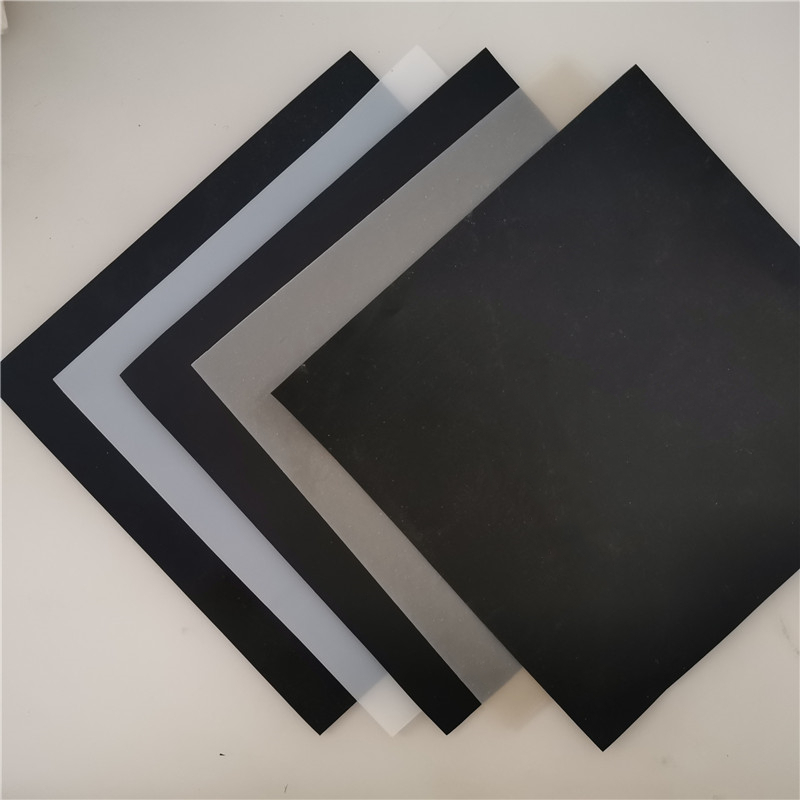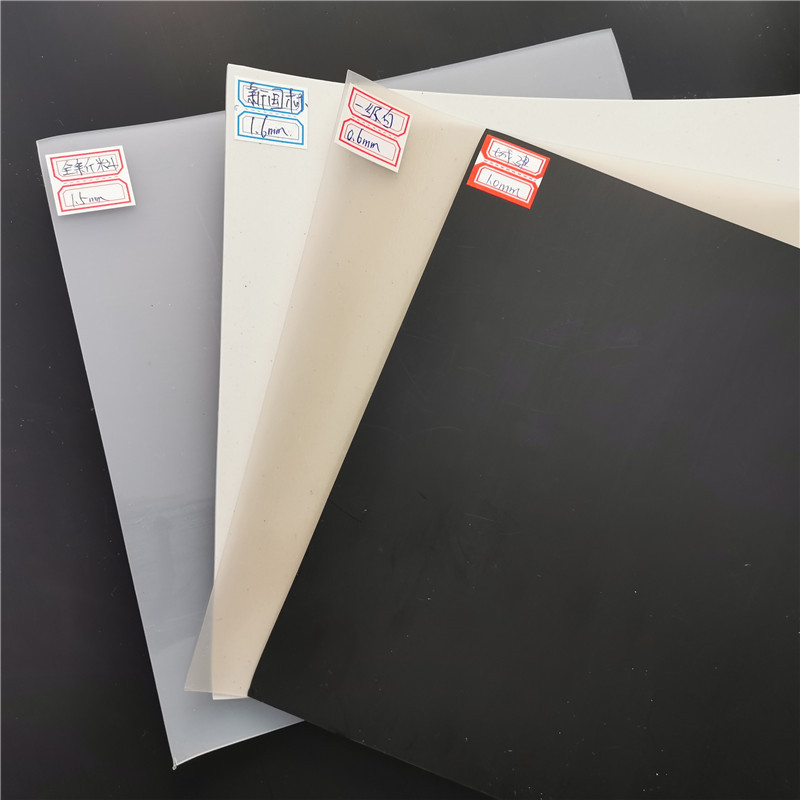详细内容:

This is the coated biogas digester, scientifically known as "fully enclosed anaerobic pond", which is an important part of the biogas production device in livestock farms. This biogas digester has a volume of 15,000 cubic meters. The imported geomembrane on the ground is four or five meters high at the top. The total depth of the anaerobic pond is over ten meters, and the water depth is seven or eight meters. All the water "floating" on the surface is biogas. The 1.5-millimeter-thick film is like a pot lid, covering the biogas inside to prevent it from leaking out.
Biogas can be converted into electricity to supply power for production and daily life in livestock farms, such as lighting, cooking, and insulation of pigsties. The "power" of this coated biogas digester is extraordinary: the gas holder can only store 200 cubic meters of biogas and can only generate electricity for 3 to 4 hours a day. The coated biogas digester can store 3,000 cubic meters of biogas and generate electricity almost all day long.
The film-coated biogas digester has the advantages of large anaerobic fermentation volume, long sewage retention period, large biogas production, and low operation and treatment cost. It is very suitable for the treatment of breeding excreta in large-scale breeding farms and those using the "water bubble manure" process. There are many benefits to building a film-coated biogas digester. The most obvious one is that it has a large capacity. The amount of waste liquid it can accommodate and the amount of biogas it can store are ten to twenty times more than those of a conventional biogas digester. It has natural advantages in terms of construction cost, maintenance management, gas production, power generation, sewage treatment and many other aspects, and thus has strong economic, social and ecological benefits.
The film-coated biogas digester project can also save fertilizer costs.
In addition, this project has also saved sewage treatment fees. After undergoing biological composting and anaerobic fermentation and other processes, manure and sewage are treated to kill toxic and harmful bacteria, viruses and parasite eggs, eliminating breeding grounds for mosquitoes and flies and reducing diseases in humans and animals. It has greatly reduced sewage and other harmful impurities, alleviated pollution to groundwater and downstream water quality, and protected the physical and mental health of the local and downstream drinking population.





